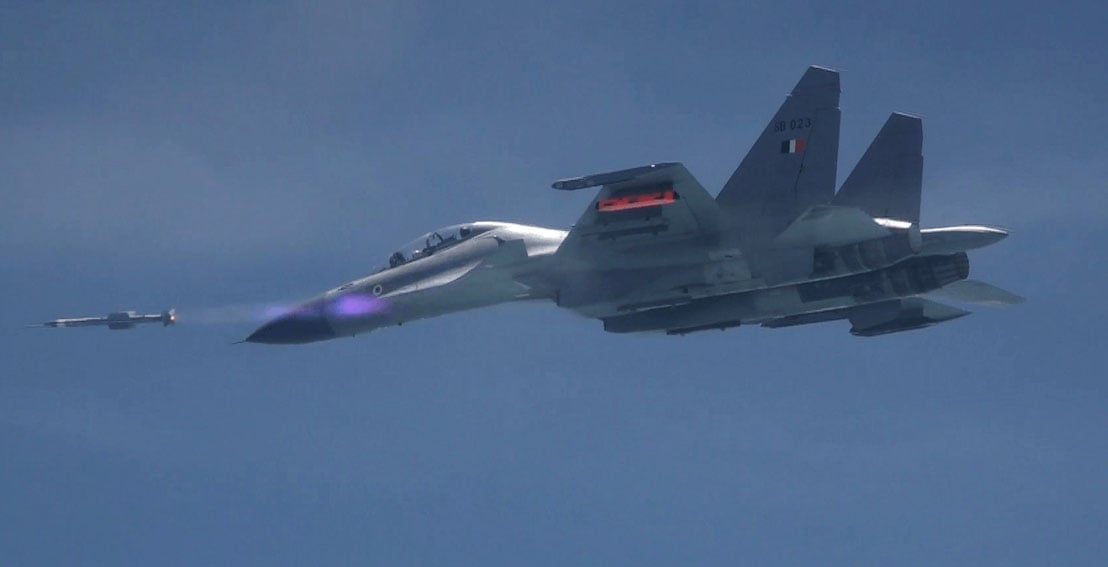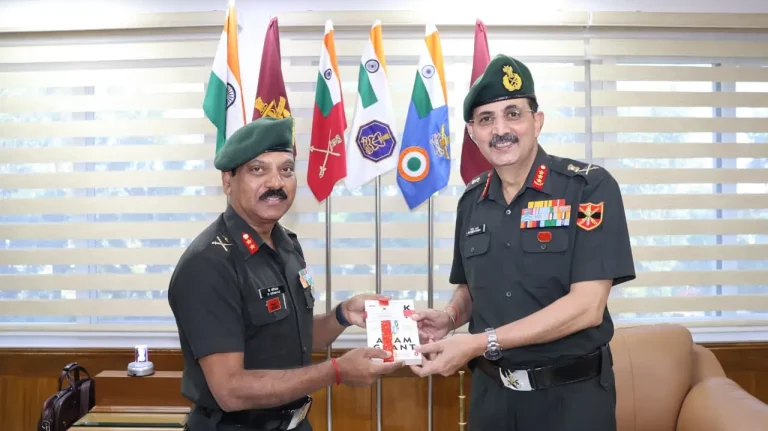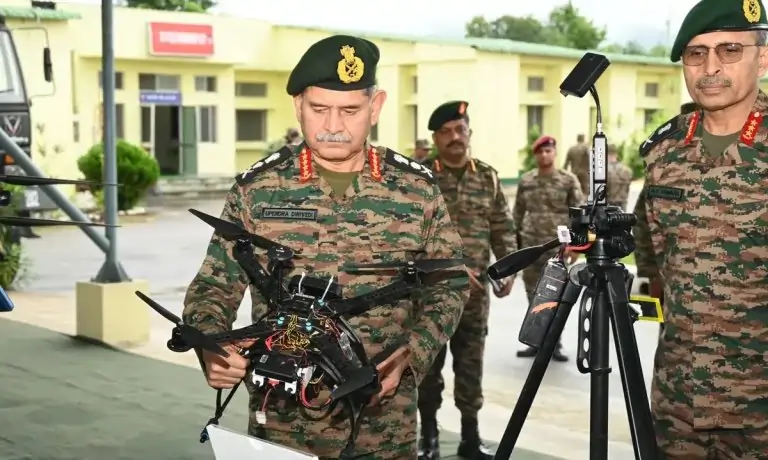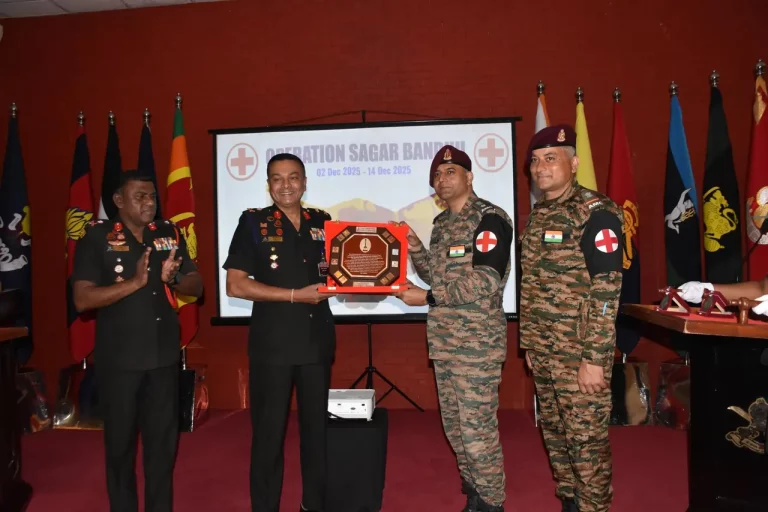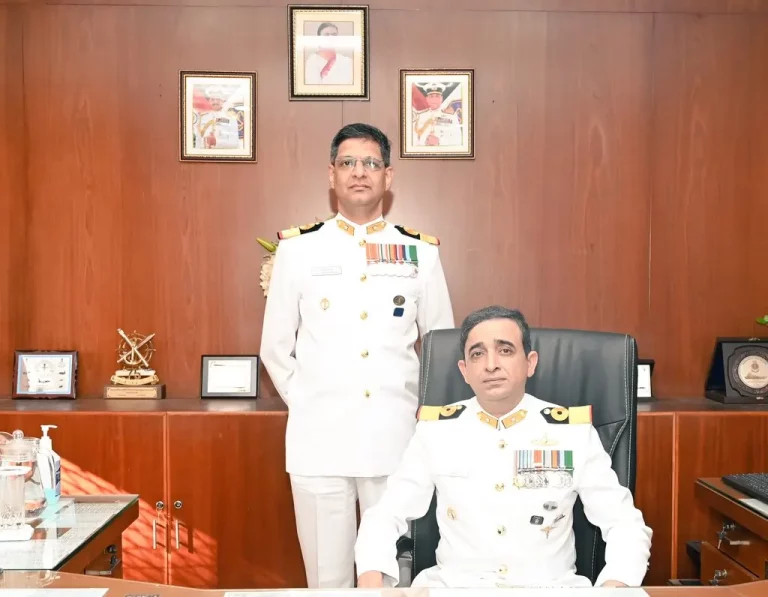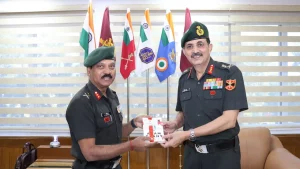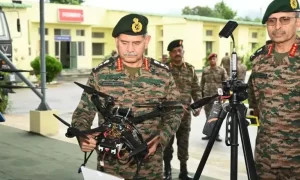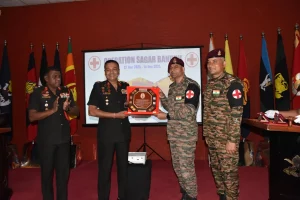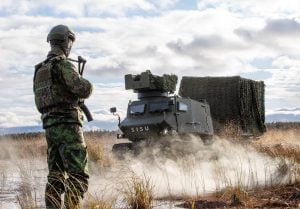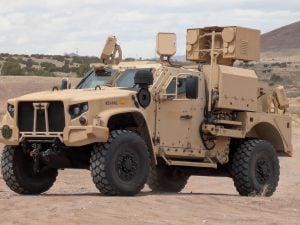The Defence Research and Development Organisation (DRDO) and the Indian Air Force (IAF) have successfully conducted flight tests of the Astra Beyond Visual Range Air-to-Air Missile (BVRAAM), featuring an indigenous Radio Frequency (RF) seeker. These tests took place from a Su-30 Mk-I fighter aircraft over the Bay of Bengal off the coast of Odisha.
During the operation, two Astra missiles were launched at high-speed unmanned aerial targets under various engagement scenarios, testing different ranges, angles, and platform dynamics. Both launches resulted in direct hits, showcasing the missiles’ exceptional accuracy and performance capabilities.
A significant aspect of this test was the successful validation of the indigenous RF seeker, which was developed by the DRDO. The seeker operated flawlessly alongside other subsystems integrated into the missile. Flight data collected by the Integrated Test Range (ITR) at Chandipur, utilizing advanced tracking instruments, confirmed the missile system’s effective performance.
The Astra missile is India’s first indigenously developed BVRAAM, boasting a range that exceeds 100 kilometers. It incorporates cutting-edge guidance and navigation systems, positioning it as a vital element of the IAF’s air dominance strategy. The development of the Astra missile has been a collaborative effort, involving various DRDO laboratories and over 50 public and private sector industries, including Hindustan Aeronautics Limited (HAL).
In response to the successful tests, Raksha Mantri Rajnath Singh extended his congratulations to the teams from DRDO, IAF, and the industries that contributed to the project, emphasizing that the achievement marks a significant breakthrough in India’s defence technology capabilities.
Dr. Samir V Kamat, Secretary of the Department of Defence R&D and Chairman of DRDO, also praised the teams involved, highlighting the test as a testament to India’s increasing self-reliance in critical defence technologies.
